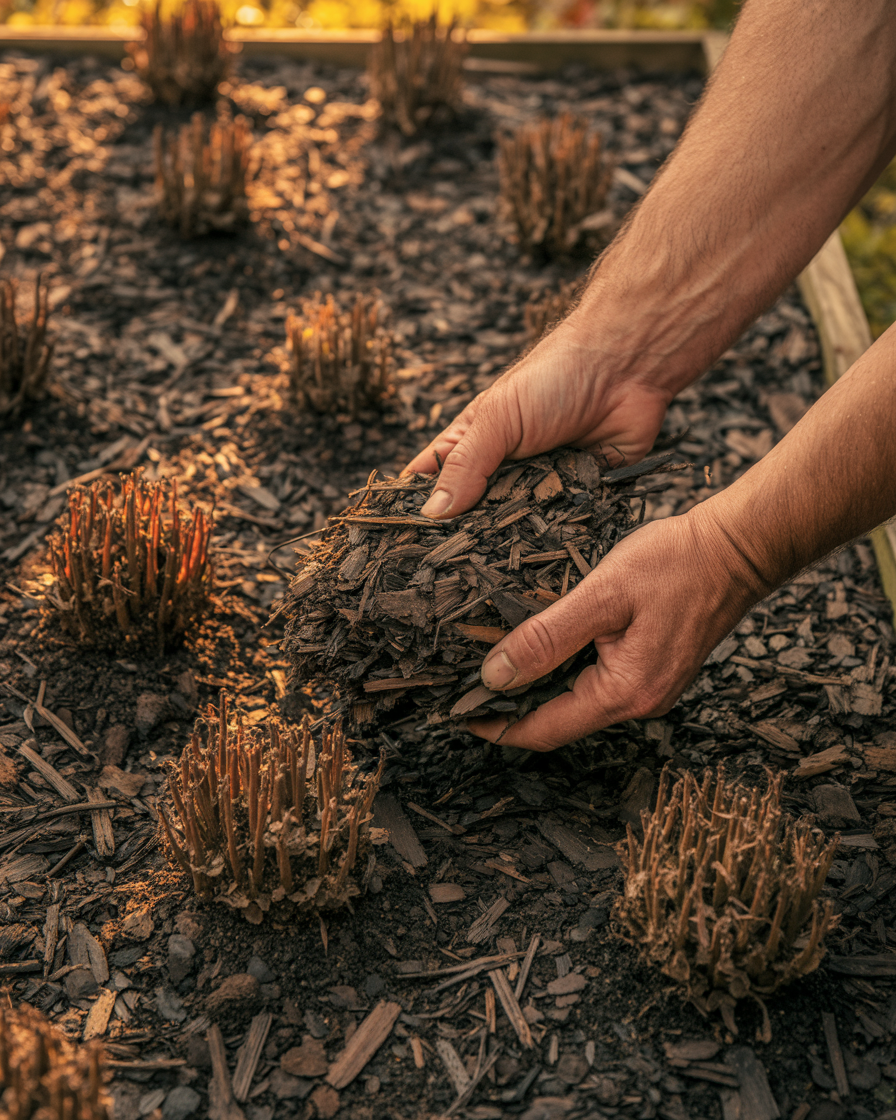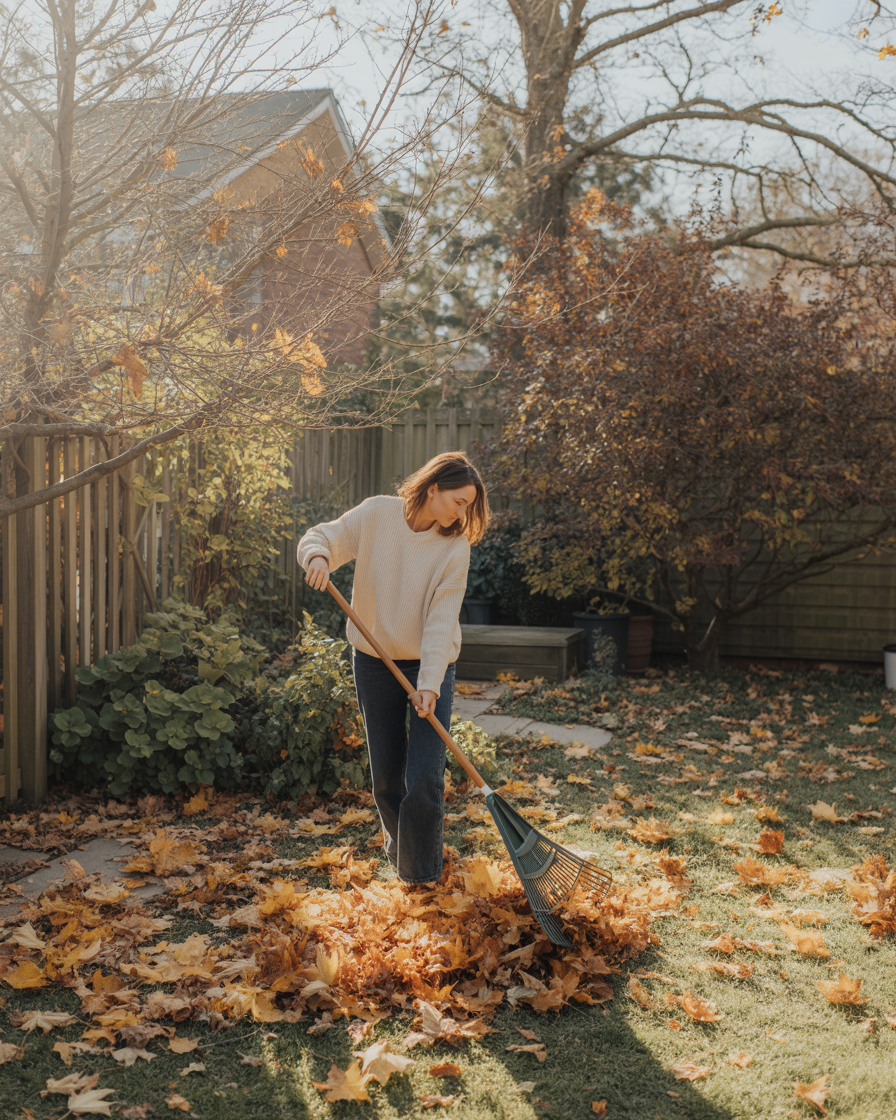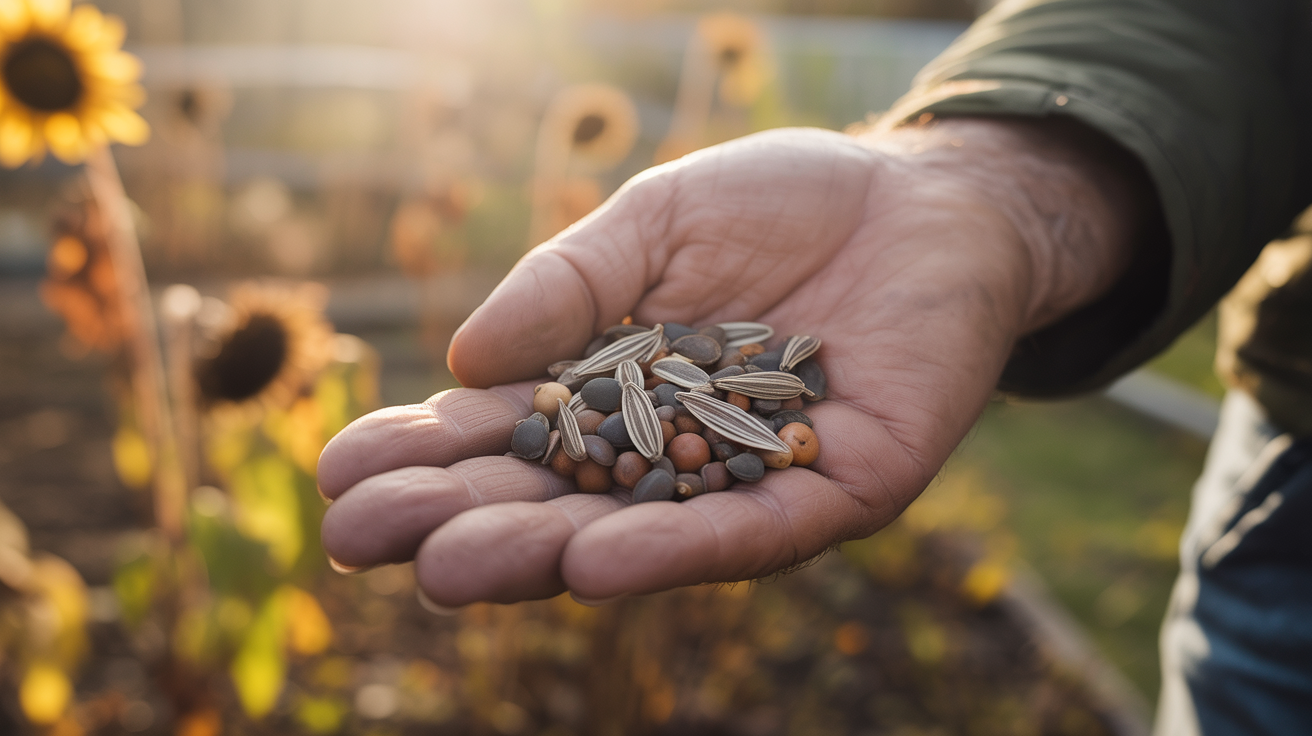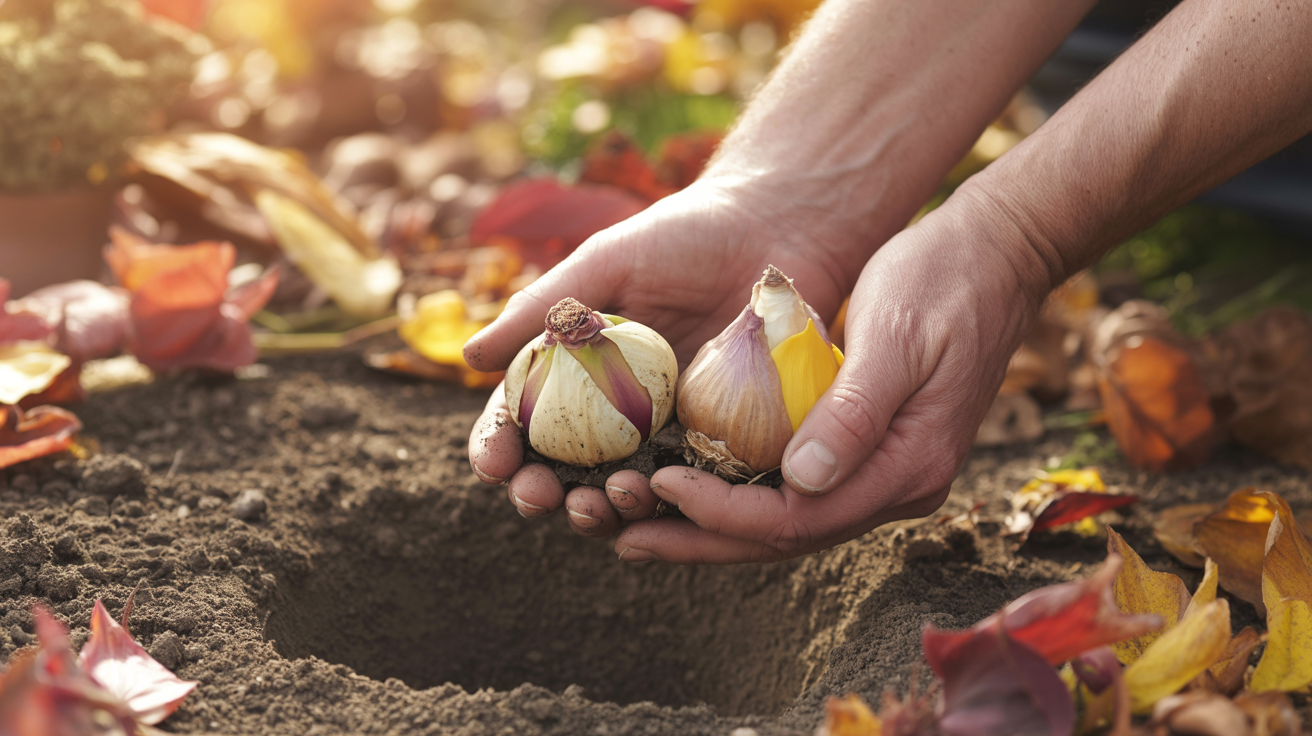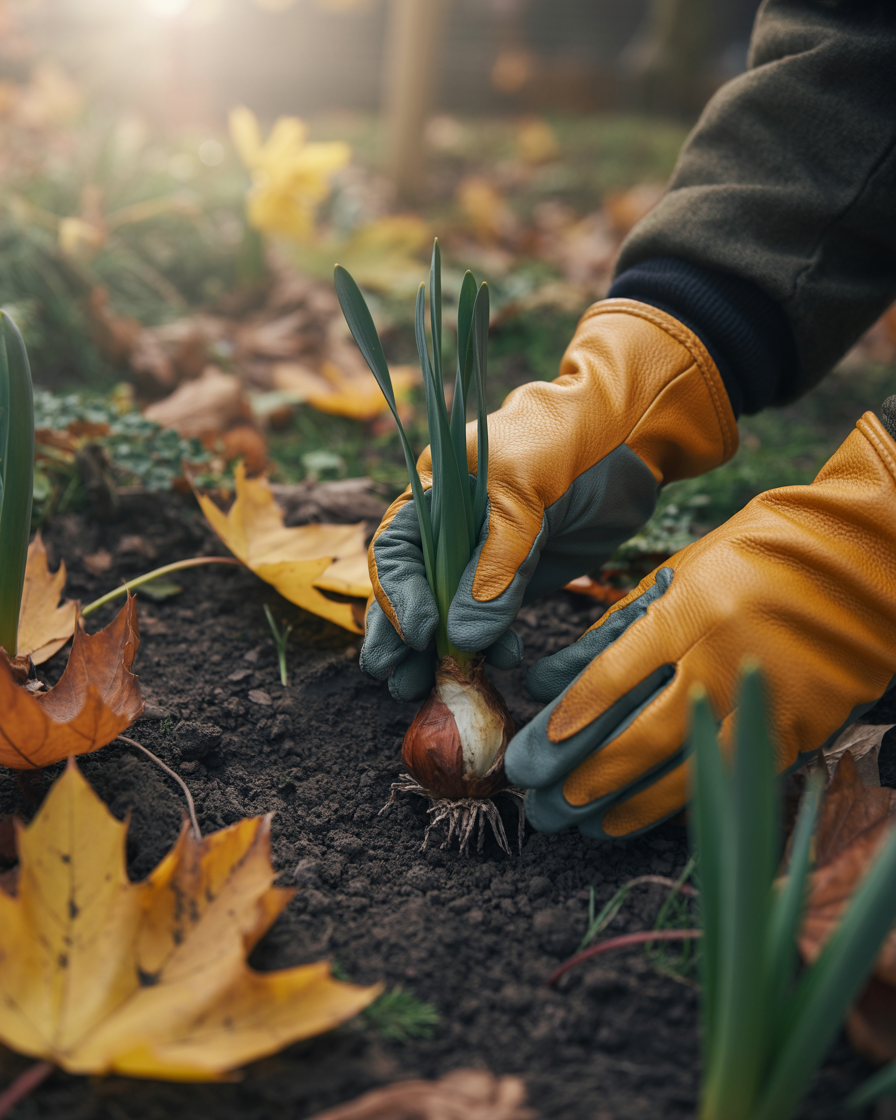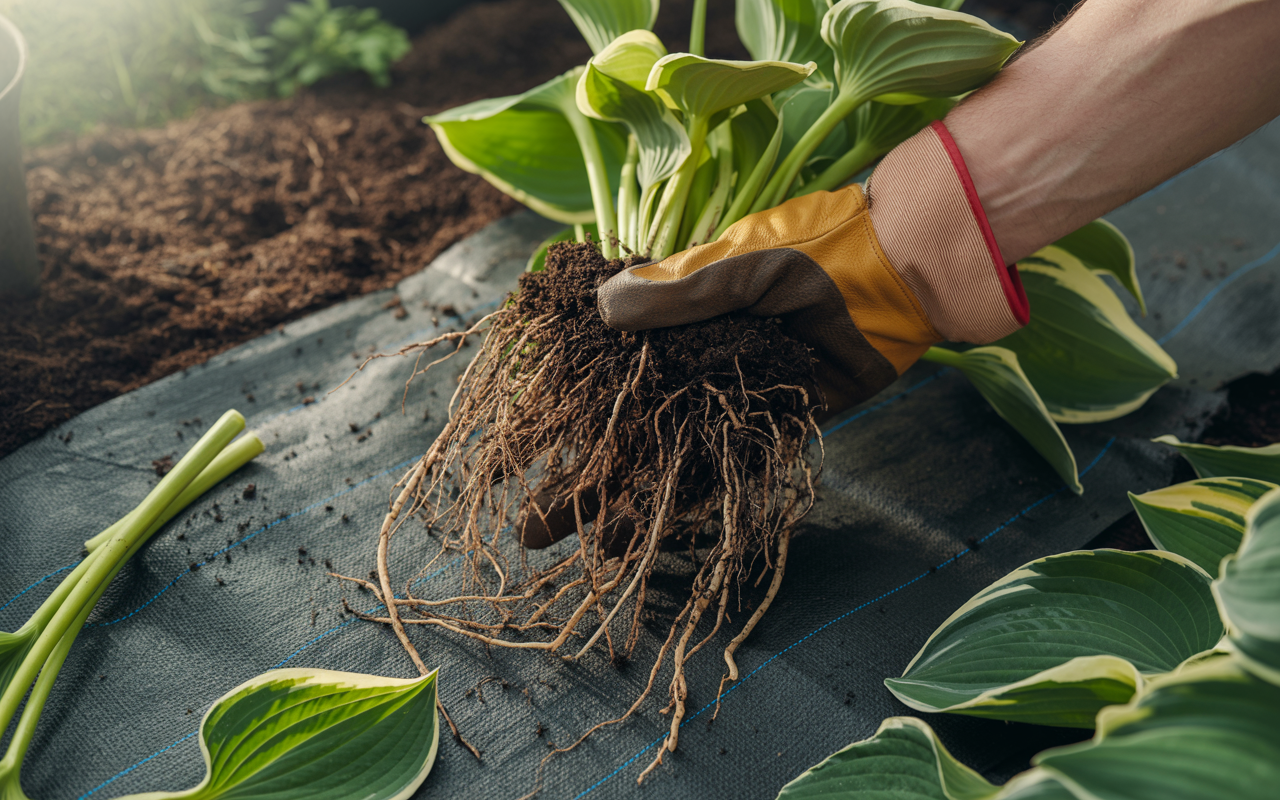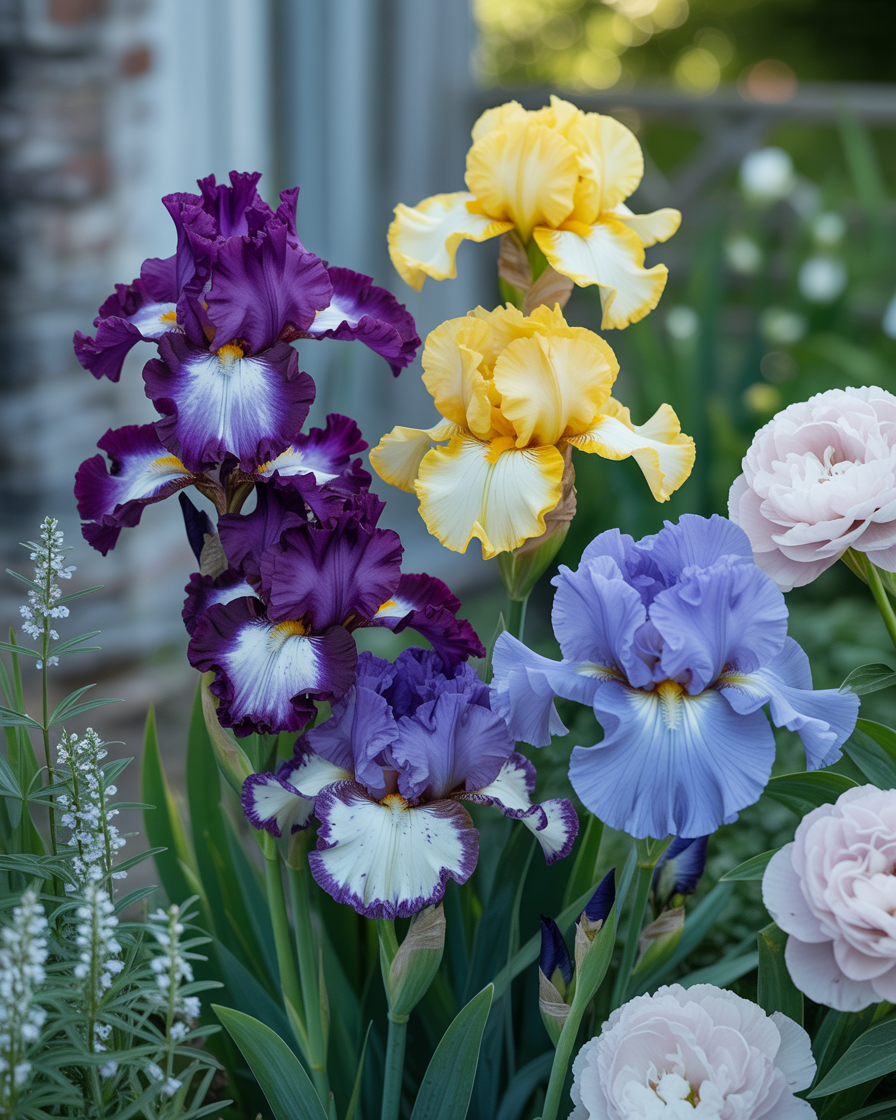VERBENA: IT GOES WITH EVERYTHING!!!
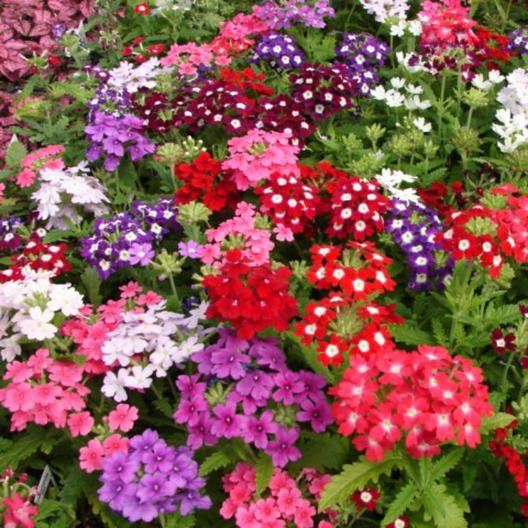
Love, Love, Love, Verbena!!
Splash color across the garden with this very versatile annual. This beauty comes in a
rainbow of colors and butterflies love to flit from flower to flower for the sweet nectar. Most verbenas are part of a series. We carry some of the Endurascape, Lascar, Tuscany, and Lanai series, which all come from cuttings in our 4.3” pots and our hanging baskets. In flats we carry the Quartz series, and those are grown from seed. What is the difference? Cutting flowers tend to grow larger, and are less prone to powdery mildew. Seed grown verbena are less expensive and might be great for a large project or mass
planting. You will need to deadhead them so they don’t waste energy forming seeds.
When you are putting your containers together verbena has a lot of variety. We carry Green Apple, Dark Violet, Mango Orange, Twister Purple Shades, Pink, Red, Meteor Shower, and Bright Eyes just to name some of them. Most grow somewhere between
8-14” High and 12-16” Wide. Some are upright and some trail.
Do you have an empty spot in your sunny border bed? An upright verbena is perfect.
Ok...so now you know a little about verbena...Let’s talk about what to do with it. If you are looking for great companions in a pot your going to make up, try pairing it with a Calibrachoa in a contrasting color (like red and dark purple) or a complementary color (like lavender and yellow) then add a sedge or cypress as your tall thriller. Verbena can also be used as a thriller or a spiller depending on which variety you choose. A great hanging basket combo is a red verbena with a royal velvet Supertunia. This will look good all season and the 2 contrast excellently together. As I stated above, verbena is not only great in a pot, but grows well in the ground too. Upright types very rarely get above 14”. Depending on the scale of your garden, most will do just fine near the front of the border creating a colorful edge, or cluster them and repeat the color throughout the bed.
There’s a few things I should tell you about this great plant so you can have the biggest flowers and vigorous growing plants. They absolutely need to have plenty of sun-at least 6 hours. Try and skimp on that sun and you will have weak plants and very few flowers. Whether in pots or in the ground, they need excellent drainage. The next thing to avoid is the dreaded
homeowners “drought stress.” Yes, you know I’m talking to you….when you let the soil dry out completely between waterings. This will actually set back blooming by 1-3 weeks. When it’s hot you may need to water daily. Now on the flipside they can
actually rot in soggy soil that does not drain.
Maybe you have grown them before and have not had lots of flowers or long gaps between flowering. There are a couple of
reasons verbena will not flower in summer: humidity and hot nights. Temperatures above 65 degrees overnight slow them down so there aren't as many blooms. Cool nights will help build energy for the next day. I know you can’t do much about the weather, but I do know the Endurascape series is a lot more heat-tolerant. You don’t have to deadhead verbena, but it will help most flower better if you do. If you bought your verbena in flats vs. in a single pot it was probably grown from seed and you will need to snip off the spent blooms so energy is spent producing more flowers not seeds. Sometimes the flower head with buds look similar to the spent flower heads. One will feel empty and one will feel plump.
You can deadhead 2 ways.
Cut off each individual flower...not my idea of a good time, but go for it...or
2. (My preferred method) grab a hunk of it and cut off a 1/3 of it after the first flush of blooms are done.
Verbena also need regular fertilizer feeding. I feed mine every 2 weeks with miracle grow. Pale green leaves and slower
flowering are generally signs that you need to feed your verbena. The other common problem that verbena can have is the dreaded powdery mildew. Spores are carried by the wind, so dry weather, shade, and moderate temperatures create ideal growing conditions for it. How do you deal with it? Well you can be pro-active and spray your verbena with the old tried and true baking soda recipe.
(1 gallon water, 1 tsp. Ivory Soap, 1 tsp. baking soda) Mix it up, put in a spray bottle. Shake before using and spray your plants every week, making sure to get the bottoms of the leaves too. Now for this to work you have to start doing this BEFORE
you get powdery mildew. If you develop powdery mildew, you can manage it, but not cure it. Cut off the affected stems cleaning your cutters between cuts. Toss it in the trash, not the compost pile. You can treat with Neem oil, or a commercial fungicide. And the last trick...overhead watering of Verbena. This can actually keep powdery mildew from starting and spreading. Remember the spores are spread by wind, not water, so spraying from above increases the humidity so spores have a less favorable environment. Water by mid-morning so leaves have a chance to dry.
So bring out the best in your verbena with these cultural practices and you will have loads of colorful flowers to fill your containers and borders. Who knew I could write a whole page about one flower...hahaha!
Pro-Tip: Don’t forget to turn hanging baskets of verbena everyday so they grow and flower evenly.



